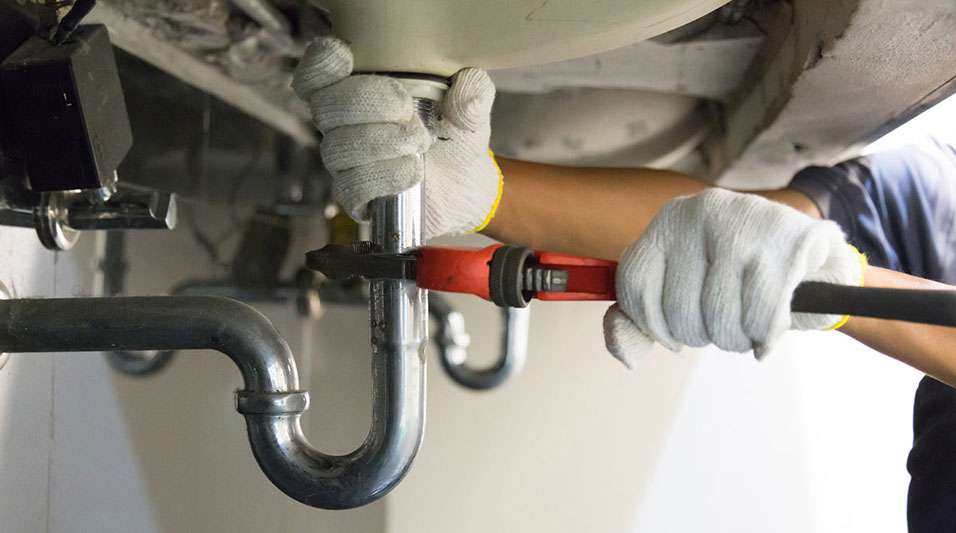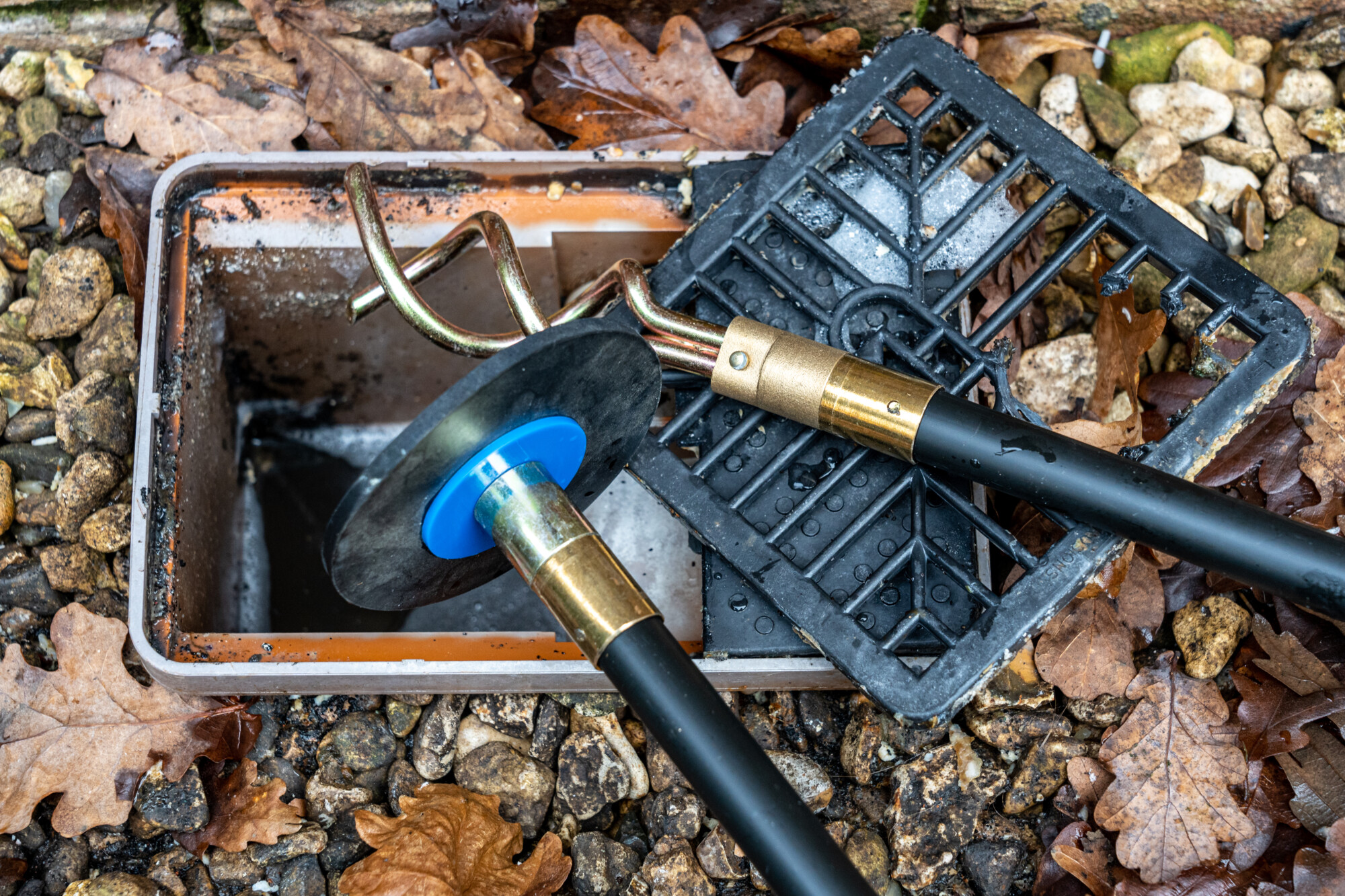Strategies to Tackle a Blocked Drain Before Calling in Experts
Strategies to Tackle a Blocked Drain Before Calling in Experts
Blog Article
Just how do you actually feel in relation to Some easy tips to fix blocked drains?

Intro
Taking care of an obstructed drainpipe can be an irritating experience, interrupting everyday activities and potentially causing damage to your residential property. However, prior to reaching out to plumbing specialists, there are steps you can take to deal with the concern yourself. In this guide, we'll explore do it yourself solutions and preventive measures to deal with an obstructed drainpipe successfully.
Identifying the Concern
The primary step in addressing an obstructed drainpipe is identifying the indications. Slow drain, gurgling audios, foul odors originating from drains, or water backing up are common signs of a blocked drainpipe. Identifying these indications early can help stop further complications.
Picking the Right Pipes Service
When picking a plumbing service, consider aspects such as experience, licensing, and customer testimonials. Choose a trusted plumbing with a record of quality craftsmanship and transparent prices methods.
Cost Considerations
The price of professional drainpipe cleaning services can differ relying on the severity of the obstruction and the plumber's prices. Demand quotes from several service providers and ask about any kind of service charges to guarantee transparency and prevent surprises.
Safety and security Measures
When trying do it yourself drain cleansing, prioritize safety. Use safety handwear covers and eyewear to avoid contact with dangerous chemicals or microorganisms. Never mix different drain cleansing products, as this can produce dangerous fumes.
Instance Studies
Real-life instances illustrate the effectiveness of do it yourself remedies and the significance of prompt specialist treatment in settling drain clogs.
Typical Reasons For Blocked Drains
Understanding the aspects that contribute to drain obstructions is vital for effective resolution. Typical offenders include hair, soap scum, oil, food particles, and foreign objects like sanitary items or paper towels. Tree roots attacking below ground pipes can likewise create considerable blockages.
DIY Solutions
For small blockages, several DIY services can be reliable. Putting boiling water down the drainpipe can help dissolve oil and debris. Sodium bicarbonate and vinegar or a mix of salt and cooking soda can function as natural cleaners. Using a plunger or plumbing serpent to remove obstructions is one more choice.
Devices and Devices
Having the right tools available can make do it yourself drain cleansing more reliable. A bettor is a flexible tool for removing blockages in sinks, bathrooms, and showers. A pipes serpent or auger can get to deeper obstructions, while drainpipe cleansing chemicals can be utilized cautiously for stubborn blockages.
Safety nets
To avoid future obstructions, adopting preventive measures is important. Mount drain guards or strainers to catch hair and debris before they go into the pipes. Regularly flush drains with hot water to dissolve grease buildup, and avoid throwing away grease or strong waste down the tubes.
When to Call a Professional
While do it yourself options can solve minor blockages, specific signs indicate the need for specialist help. Relentless obstructions, foul odors in spite of cleaning initiatives, or multiple drains backing up simultaneously are red flags that necessitate professional intervention.
Final thought
By adhering to the ideas outlined in this overview, you can successfully take on obstructed drains and prevent future plumbing problems. Whether choosing do it yourself services or looking for professional help, punctual activity is key to preserving a healthy plumbing system and protecting the stability of your home.
How to Clear a Clogged Drain Yourself (And When to Call In the Professionals)
What Can Clog a Drain
Dirt Skin flakes Hair Grease Soap scum Food Offset pipes Tree roots Small objects Mineral buildup DIY Tricks to Unclog a Drain
You can fix this! Once you have identified the source of the clog (or have a vague idea), you can try one or a combination of these fixes in order to clear your plumbing.
Wire Hanger or Snake
Untangle and clear out hair from a drainpipe with a homemade snake. Use a straightened-out wire hanger with a 90-degree angle hook to locate the clog and drag out any unwanted material.
Remember not to push the clog further down to where the wire hanger cannot reach! If you need to follow up with a plunger, give it a try. Your efforts might be more successful after it’s been wire-snaked.
If you want to get fancy and don’t have a wire hanger to spare, head to the store and pick up a hand-operated drain snake. You can get one for $10-$30. It may save you the hassle, and provide additional length to reach deep into the clogged pipe.
Plunger
A cup plunger has a suction cup attached to a wooden handle. The rubber creates a seal around the drain, and increases the pressure force of the plunger.
Plunge for 30-second increments to loosen the clog. This may need to be repeated over the course of 15-20 minutes. Once plunged, run the water to flush the remaining material out of the drain.
Remember– never use a plunger if you have used a chemical drain cleaner. These chemicals can splash up from the force of the plunger and cause serious injury or burns.
Boiling Water
Hot water can sometimes break up materials into a flushable amount. Dirt, grease, and soap buildup requires heat in order to unstick from surfaces.
Take your kitchen kettle and heat your water to a boil. Once it reaches a rolling boil, pour it directly down the drain into the blockage. Carefully follow with plunging, if necessary.
Don’t worry if this takes more than one try! It can often take multiple kettles and repeated plunging in order to clear a particularly stubborn clog.
Chemical Drain Cleaner
As a last resort, pick up a bottle of chemical drain cleaner. Drain-cleaning chemicals are potent, and not very good for the environment.
You may need to wear protective eyewear in gloves before handling your bottle of chemical drain cleaner. Follow the instructions printed on the bottle, and flush with water as soon as the instructions allow. Do not follow with plunging.
Baking Soda and Vinegar
As a safer alternative to chemical drain cleaner, baking soda and vinegar can create a chemical reaction that clears tough clogs.
Combine one cup of cleaning vinegar with one cup of boiling water, and set aside. Once you have done this, pour half a cup of baking soda down the drain. Give the baking thirty seconds to settle and cover a large portion of the problem drain.
Following the baking soda, pour down your vinegar and hot water solution. Once the vinegar and baking soda combine, the mixture will bubble and fix. Let this reaction fizzle in the drain for about an hour.
After an hour, follow with a kettle’s worth of hot water. The heat and liquid should flush out any remaining material.
When to Call a Plumber
If your DIY attempts haven’t cleared your clog drain, it’s time to call in a professional. It’s not worth losing access to your kitchen sink or high-traffic bathroom. A clog in a vital area can keep you from the things you’d rather be doing, and derail your routine.
Anytime a clog is causing water to spread is a time to call in a plumbing service. What starts out as a little bit of water can quickly grow into serious, expensive water damage.
Additionally, a serious clog can result in burst pipes or serious leaks. Make sure you know when to take it seriously!
https://myguysnow.com/how-to-clear-a-clogged-drain-yourself-and-when-to-call-in-the-professionals/

Hopefully you enjoyed our section about What I learned from trying to deal with a clogged drain. Thanks a ton for taking time to read through our content. Are you aware of another individual who is occupied with the subject? Why not share it. I treasure your readership.
Book Report this page